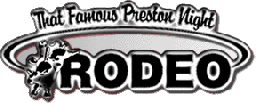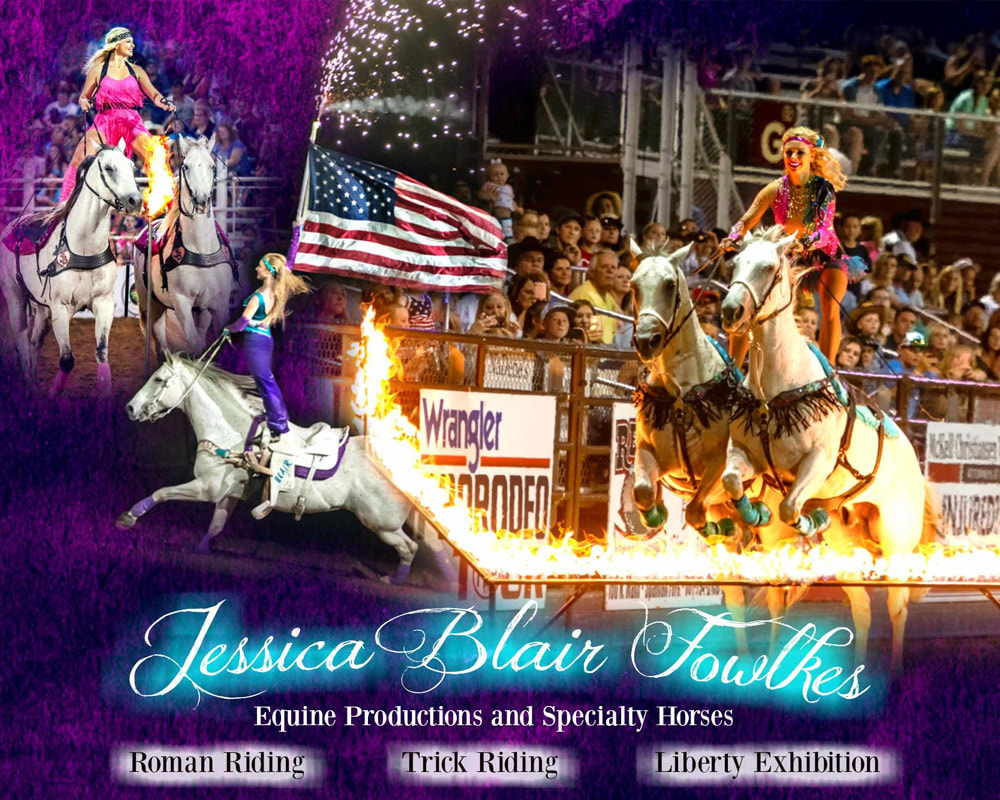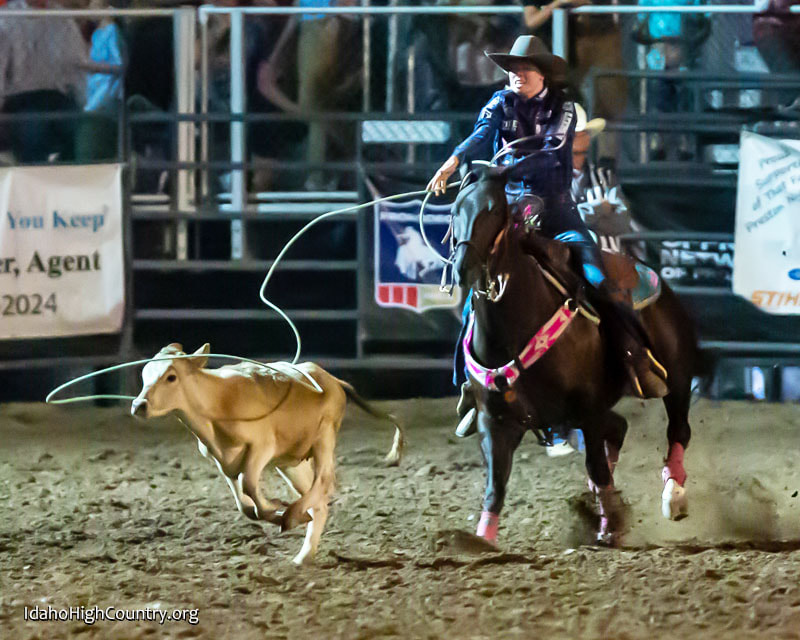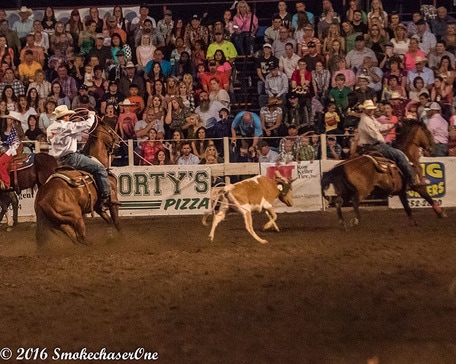Rodeo Events
Slack will be announced
Pre-events start at 8:15 pm and the Rodeo starts at 8:30 pm.
Mutton Busting sign ups are April 27th at 8 am at Keller Tire.
Pre-events start at 8:15 pm and the Rodeo starts at 8:30 pm.
Mutton Busting sign ups are April 27th at 8 am at Keller Tire.
|
Specialty Act
Jessica Blair Fowlkes is from Crofton, Kentucky. In her thrilling act she stands on her horses Moose and Wishbone and rides into the arena, makes laps, figure eights and jumps through a hoop of fire. She rides over fire torches between her legs! Find videos and more information about her act on Facebook. |
|
Bull Riding
The element of danger plays a big part in this event. This alone makes Bull Riding the most exciting event to the spectator and ends the rodeo with a huge finale. The rider slips his hand into a split in the rope that fits snugly around the bull, right behind the bull's shoulder. To qualify, the cowboy must stay on for 8 seconds, careful to keep his free hand in the air. The bull rider is a trained athlete, known mostly for his balance and gymnastic ability needed for success and survival. |
|
Saddle Bronc Riding
This event actually evolved from the work of ranch cowboys, breaking a horse to use. Today's bucking horses are bred to do this job only! The cowboy has a buck rein and a hornless saddle. With toes turned out in the stirrups, the rider spurs with a rhythmic motion from the shoulders of the horse to the back of the saddle. This is a classic event and is a beautiful sight, but perhaps the most difficult to master. |
|
Bareback Riding
Bareback riding may be the toughest event on a cowboy's body. As he jams his "riding arm" into a leather rigging with a suitcase-like handle, he starts the ride. He must spur aggressively but have complete control of his body. He is judged on the skillful manner he rides, the amount of spurring, and the roughness of the horse. Timing and strength are the obvious challenges. |
|
Calf Roping
As the cowboy nods for his calf, his horse must wait behind a rope till the calf passes. The horse then leaves at adjusted speed, stops on cue as the cowboy catches, and must work at keeping the rope tight as the cowboy ties any three legs of the calf. This is a timed event in which a lot of variables apply. A highly trained horse is essential, a good draw (calf) is preferred, and a little good luck can turn this into an outstanding run. |
|
Team Roping
This event takes two skilled cowboys, one header and one heeler. As in the other timed events, the header must start behind the barrier string. If the horse breaks the barrier before the line judge drops his flag, there is a ten-second penalty. There is also a penalty if the heeler ropes only one leg. This mistake will add a five second penalty. As the header catches up to the steer and ropes him, he dallies his rope around the saddle horn. He changes directions with the steer by turning left, bringing the steer behind him. The heeler follows the steer around the corner and is allowed to rope the heels. As the header and heeler come tight with their run, the header then faces his horse, indicating their run is complete and time is to be stopped. If the heeler throws his rope and catches the heels before the steer is turned, it is called a cross-fire and they receive a no-time. There are three legal head catches in team roping; a clean horn catch, half head, and neck catch. |
|
Steer Wrestling
Of all the events in rodeo, steer wrestling is said to offer the greatest eye appeal to the audience. It is a display of strength, finesse, and skill. With the aid of a hazer, the contestant jumps from a horse running at 30 mph, reaches for the steer's sharp horns, slides him to a stop, and lays him on the ground. It is a combination of timing, strength, and leverage. |
|
Barrel Racing
With the aid of the Women's Professional Rodeo Association, this event is set up with barrels at certain distances according to the arena they are running in. The course is approved and the timed event is a crowd pleaser. Penalties for knocked over barrels are a part of this race that depends on speed and finesse. Today's pro rodeo cowboy has the ideals and showmanship of long ago. His standing in the rodeo community is still dependent on his skill with a rope or his ability to ride a bucking animal. There is a brotherhood amongst the competitors and a code that dictates that a man help his fellow cowboy, even if they are competing for the same paycheck. Yeehaw! |
Thanks to Idaho High Country, Rick Parker and James Fain for these great action photos!











